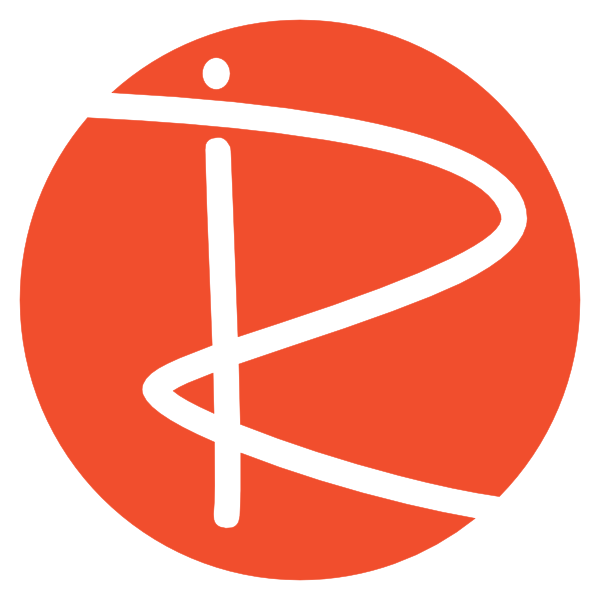Speed Up Your Moodle Image Workflow with the Birdie Oz Attribution Maker
Adding images to your Moodle courses is a great way to enhance engagement and understanding. However, ensuring proper attributions can sometimes be a time-consuming process. What if there was a way to significantly speed this up? Thanks to Greg Bird, also known as Birdie Oz, there is! He’s developed a fantastic tool called the Attribution Maker, and in this post, we’ll walk you through how to use it to streamline your image workflow in Moodle.
What is the Birdie Oz Attribution Maker?
The Attribution Maker is a browser bookmarklet that helps you quickly generate the necessary code and attribution information for images from various sources like Unsplash, Pexels, Wikimedia, Pixabay, Flickr, and even Shutterstock if you have a paid license. It automates the process of creating embed code with built-in attributions, saving you from manual coding and formatting.
Setting Up the Attribution Maker
- Get the Bookmarklet: You’ll need to visit the Birdie Oz experiment page (the video mentions a specific link, so follow that). On the site, you’ll find setup instructions.
- Drag to Bookmark Bar: The key step is to drag the provided bookmarklet link into your browser’s bookmark bar. Place it somewhere easily accessible, perhaps at the beginning, and you’ll see it labeled something like “Attribution Maker Plus.”
That’s all there is to the initial setup! Now you’re ready to start using it.
Using the Attribution Maker
Let’s say you’ find an image you want to use from a supported source like Unsplash.
- Find Your Image: Browse Unsplash (or another supported site) and find the perfect image for your Moodle course.
- View the Image: Click on the image to view it on its original page.
- Click the Attribution Maker: Now, click the “Attribution Maker” bookmarklet you added to your bookmark bar. This will open a new page generated by the tool.
- Explore Options: The Attribution Maker page will automatically generate examples of how the image and attribution text can be displayed. You’ll see options for:
- Visibility: Choose between “always visible” or “collapsed” attributions.
- Size: Adjust the size of the image as a percentage of the content width.
- Alignment: Select right align, left align, or full width.
- Cropped: There’s even a cropped option to select a specific portion of the image.
- Download and Copy: Based on your chosen options, the Attribution Maker will provide a download link for the image (small or large) and, crucially, the embed code with attributions. Download the image and copy the embed code.
Adding the Image and Attribution to Moodle
Now that you have the embed code and the image file, it’s time to add them to your Moodle course.
- Go to Your Moodle Page: Navigate to the Moodle page where you want to add the image.
- Access Code View: In the Moodle editor, you’ll need to switch to the code view (often represented by an “</>” icon or similar). This is essential because you’re pasting embed code.
- Paste Embed Code: Paste the copied embed code from the Attribution Maker into the code view of your Moodle page. You can place it where you want the image to appear.
- Add Text (Optional): You can add text around the image, and you’ll notice that the embed code, using Bootstrap, handles the text wrapping and alignment automatically based on your Attribution Maker settings.
- Save and Display: Save the changes to your Moodle page and display it to see how the image and attributions look.
Crucial Step: Uploading the Image to Moodle
Here’ is a very important step that you must not skip! The embed code generated by the Attribution Maker initially links to the image on the source website (like Unsplash). If the original image is removed or the file name changes, your image will disappear from Moodle. To prevent this, you must upload the downloaded image file directly to your Moodle platform.
- Go Back to Settings: Edit your Moodle page again and go back to the settings where you added the embed code.
- Edit the Image: In the code view, locate the image code you pasted. You’ll need to modify the src attribute, which currently points to the external website.
- Browse and Upload: Use the Moodle file picker (usually accessed by double-clicking the image or through an “Insert/Edit Image” option) to browse for and upload the image file you downloaded earlier from the Attribution Maker.
- Select and Save: Select the uploaded image from your Moodle files and save the changes. Moodle will often automatically populate the alt text based on the original image information, but you can adjust this if needed.
- Repeat for All Images: If you added multiple images using the Attribution Maker, repeat this upload process for each one.
- Save and Display: Save your Moodle page again and display it. Now, when you right-click and open the image in a new tab, you should see that the web address points to your Moodle site, confirming the image is hosted locally.
Supported Sources and Cropping
Remember, the Attribution Maker works with several image sources. Also, don’t forget the cropped image option. If you choose to crop an image, the process is similar: crop the image to your desired size using the tool, download the cropped image, copy the embed code, paste it into Moodle, and then upload the cropped image file to Moodle.
By following these steps, you can significantly reduce the time and effort required to add images with proper attributions to your Moodle courses using the Birdie Oz Attribution Maker. Happy image adding!
